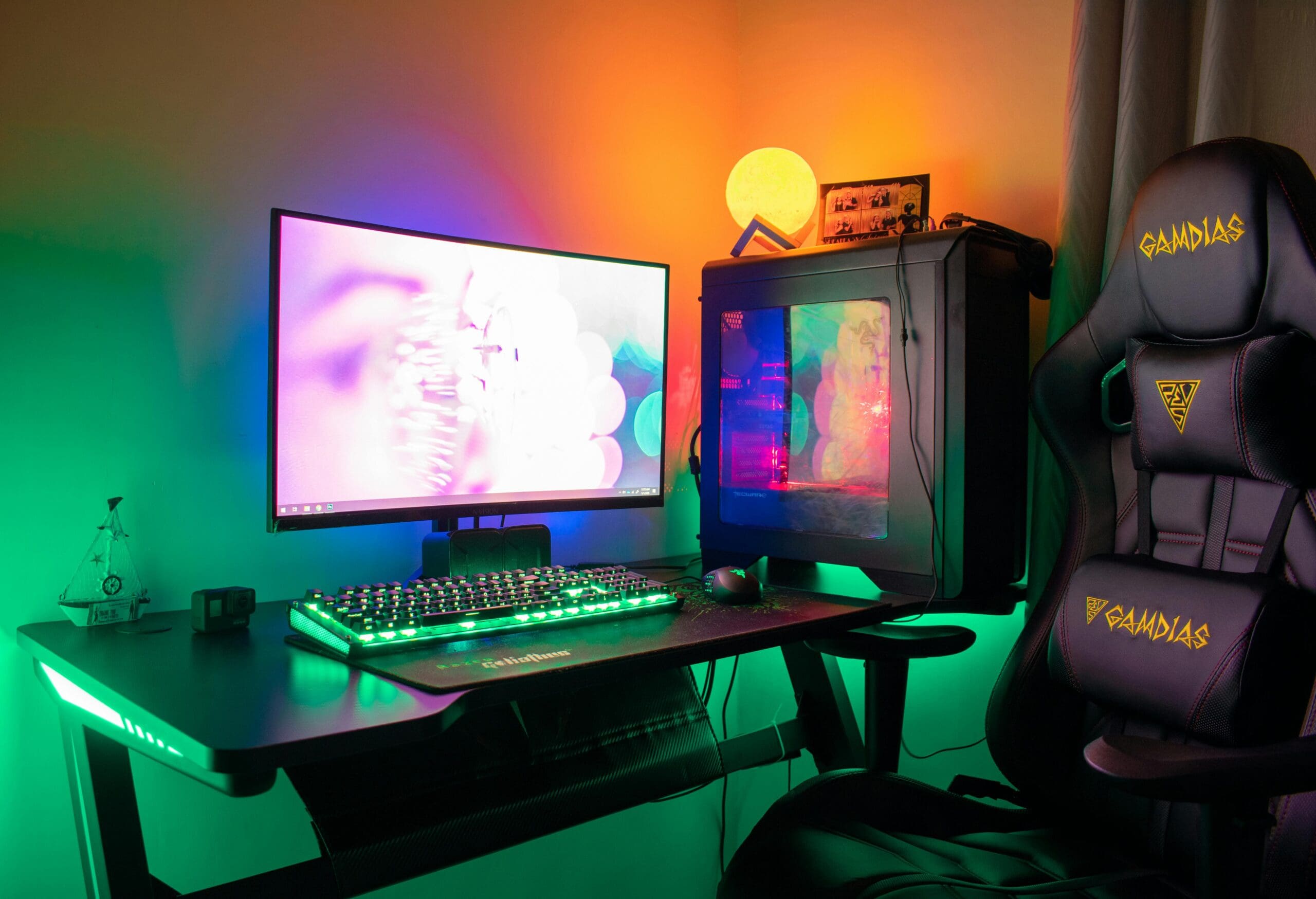Introduction
Gaming on a PC offers a level of customization and performance that consoles simply can’t match. However, with great power comes great responsibility. PC gamers need to ensure that their systems are properly set up, optimized, and maintained to avoid technical difficulties that can ruin their gaming experience. In this guide, we’ll cover essential troubleshooting tips for PC gamers, from beginners to advanced users, to help them get the most out of their gaming rigs.
Why This Topic Matters
Understanding how to troubleshoot technical difficulties is crucial for PC gamers. Whether you’re experiencing lag, crashes, or other performance issues, knowing how to identify and resolve these problems can make a huge difference in your gaming experience. Here’s why this topic is important:
- Performance Impact: Technical difficulties can significantly impact your gaming performance, leading to lower frame rates, longer load times, and overall frustration.
- Common Issues: Many gamers struggle with common technical issues such as driver conflicts, overheating, and hardware failures.
- Long-Term Benefits: By learning how to troubleshoot technical difficulties, you can improve the longevity of your gaming PC and keep it running smoothly for years to come.
Step-by-Step Guide / Essential Tips
1. Update Your Drivers Regularly
One of the most common causes of technical difficulties in gaming PCs is outdated drivers. Graphics card drivers, in particular, are crucial for optimal performance in games. Make sure to regularly check for updates from your graphics card manufacturer and install them promptly.
2. Monitor Your PC’s Temperature
Overheating can cause your PC to throttle performance or even shut down unexpectedly. Use monitoring software to keep an eye on your CPU and GPU temperatures while gaming. If temperatures are too high, consider improving airflow in your case or investing in better cooling solutions.
3. Optimize Your In-Game Settings
Adjusting your in-game settings can have a significant impact on your gaming performance. Lowering graphics settings like shadows, reflections, and anti-aliasing can improve frame rates without sacrificing too much visual quality. Experiment with different settings to find the right balance between performance and visuals.
Common Mistakes to Avoid
- Not Following Best Practices: Many gamers overlook basic troubleshooting steps like updating drivers, cleaning dust from their PC, or monitoring temperatures regularly.
- Overlooking Compatibility: Make sure that your hardware components, software, and settings are all compatible with each other to avoid conflicts and performance issues.
- Skipping Regular Maintenance: Neglecting to clean your PC, update drivers, or perform other routine maintenance tasks can lead to hardware failures and other technical difficulties.
Advanced Optimization Tips
For advanced users looking to squeeze every last drop of performance out of their gaming PC, here are some additional optimization tips:
- Overclocking your CPU or GPU for increased performance (if you’re comfortable with the risks).
- Tweaking advanced settings in your BIOS for better system stability and performance.
- Using third-party software to monitor system performance and make real-time adjustments.
Final Thoughts
Don’t let technical difficulties ruin your gaming experience. By following the troubleshooting tips outlined in this guide, you can ensure that your gaming PC runs smoothly and performs at its best. Whether you’re a beginner or an advanced user, taking the time to optimize and maintain your system will pay off in the long run with better gaming experiences and improved system longevity.
💬 What has been your biggest challenge with troubleshooting technical difficulties on your gaming PC? Let us know in the comments!


